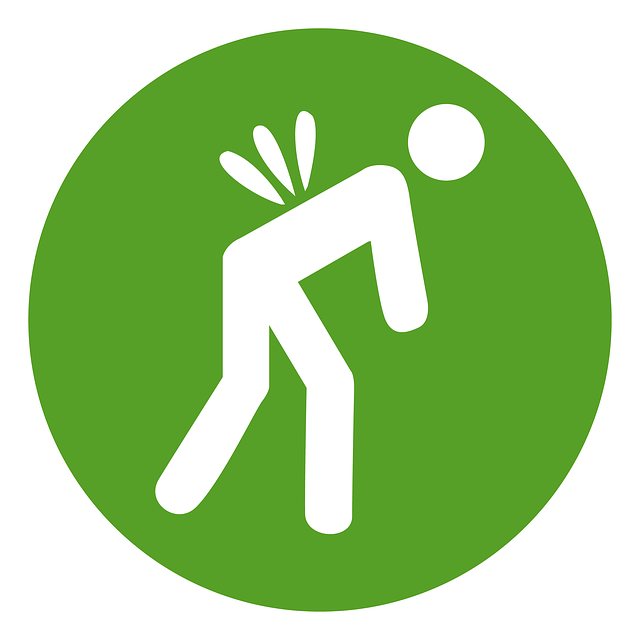PRP injections, using a patient's own platelet-rich plasma, offer a non-invasive treatment for joint arthritis. This therapy aims to alleviate pain, improve mobility, and slow arthritis progression by promoting tissue repair and cartilage restoration. Clinical research has shown significant relief and improved function in patients with knee and hip arthritis, making PRP injections a promising alternative to traditional therapies. Real-life accounts demonstrate positive outcomes for mobility and quality of life, with potential applications expanding beyond tendon injuries to include osteoarthritis. Standardization and collaboration are key to realizing PRP's full potential in managing joint arthritis.
Discover the power of PRP injections as a groundbreaking treatment for joint arthritis. This comprehensive guide explores how these specialized treatments, using a patient’s own blood to stimulate healing, are revolutionizing orthopedics. From clinical research highlighting their efficacy in alleviating joint pain to real-life success stories, we delve into the science and impact behind PRP therapy. Learn about its role in managing arthritis, potential future applications, and what patients can expect.
Understanding PRP Injections and Their Role in Joint Arthritis Treatment
PRP injections, or platelet-rich plasma injections, have emerged as a promising treatment option for individuals suffering from joint arthritis. This innovative therapy harnesses the body’s natural healing mechanisms by utilizing a concentrated solution of platelets derived from the patient’s own blood. These platelets are rich in growth factors, which play a crucial role in stimulating tissue repair and regeneration within the affected joints.
By injecting PRP directly into the arthritic joint, such as the knee or hip, healthcare professionals aim to reduce pain, improve mobility, and slow down the progression of arthritis. The growth factors released by platelets promote the formation of new, healthy tissues, including cartilage, thereby enhancing the body’s natural ability to heal and restoring joint function. This approach is particularly appealing due to its minimal invasiveness and the use of autologous (patient-derived) materials, making it a safe and personalized treatment for PRP injections for joint arthritis.
Clinical Research and Studies on PRP's Efficacy for Joint Pain Relief
Clinical research has consistently shown promising results regarding platelet-rich plasma (PRP) injections as a treatment for joint pain, particularly in cases of arthritis. Numerous studies have investigated its efficacy, with many demonstrating significant relief and improved function among patients receiving PRP therapy. These injections work by harnessing the body’s natural healing mechanisms; PRP contains growth factors that promote tissue regeneration and reduce inflammation.
Several clinical trials have focused on PRP injections for knee and hip arthritis, two common sources of joint pain. The research indicates that PRP treatments can lead to reduced pain, improved mobility, and longer-lasting results compared to traditional therapies. For instance, a study published in the Journal of Orthopaedic Surgery & Research found that PRP injection significantly outperformed cortisone injections in terms of pain reduction and functional improvement for patients with knee osteoarthritis. Such findings highlight the potential of PRP as a game-changer in managing joint arthritis and alleviating associated discomfort.
Real-Life Success Stories: Patients' Experiences with PRP Therapy
In the realm of clinical research, numerous success stories have emerged from patients who have undergone Platelet-Rich Plasma (PRP) therapy for joint pain, particularly related to arthritis. These real-life experiences highlight the potential benefits of PRP injections as a non-invasive treatment option. Many patients have reported significant improvements in their mobility and overall quality of life after receiving PRP treatments.
For instance, some individuals with knee osteoarthritis have shared their journeys, noting reduced joint stiffness and pain levels, enabling them to resume active lifestyles. Others affected by chronic tendon injuries have found relief through PRP, leading to faster recovery times and enhanced athletic performance. These success stories not only emphasize the effectiveness of PRP injections for joint arthritis but also demonstrate their potential in various musculoskeletal conditions, making it a promising treatment avenue worth exploring further.
Exploring Future Prospects and Considerations for PRP in Orthopedics
The future of PRP in orthopedics looks promising, particularly in managing joint pain and arthritis. Ongoing research continues to explore its potential applications beyond its current use for tendon and ligament injuries, delving into its therapeutic effects on osteoarthritis and other forms of joint arthritis. Studies suggest that PRP injections for joint arthritis could offer a safe, autologous alternative to conventional treatments, potentially reducing reliance on steroid injections or surgical interventions.
Considerations for future prospects include standardizing PRP preparation methods and delivery techniques to ensure consistent outcomes. As the body of evidence grows, integrating PRP into clinical practice will require collaboration between researchers, healthcare providers, and regulatory bodies to establish guidelines and best practices. This collaborative approach will be crucial in unlocking the full potential of PRP injections for joint arthritis and enhancing patient care.
PRP injections have emerged as a promising treatment option for managing joint arthritis, offering significant pain relief and improved mobility. Backed by both clinical research and real-life success stories, this innovative therapy is revolutionizing orthopedic care. As we look to the future, continued exploration and refinement of PRP techniques will further enhance its potential, providing patients with more effective solutions for their joint pain. For those suffering from arthritis, PRP injections present a promising path towards improved quality of life.
